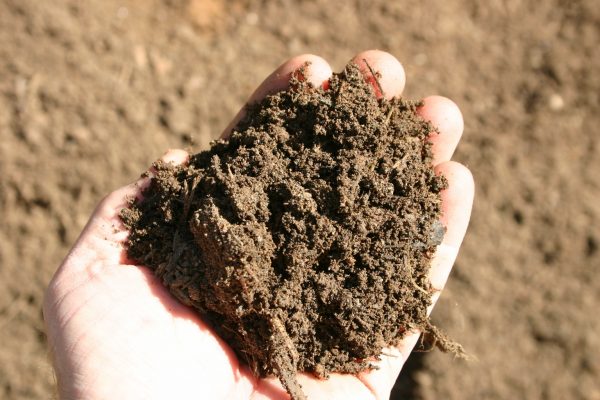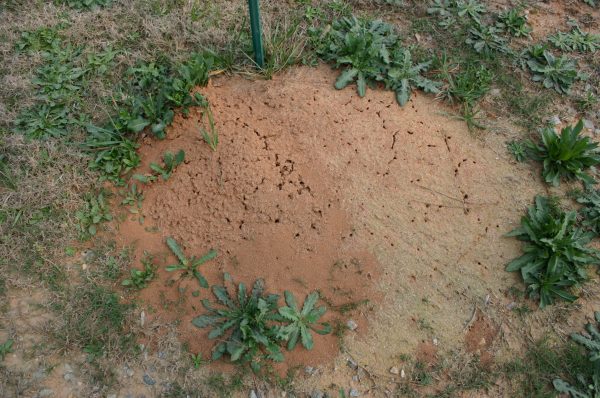Caraway

Carum carvi
Gardeners like caraway for the seeds, for the foliage and for the roots, which are used like parsnips. Caraway joins carrots, parsnips, angelica and anise as members of the Umbelliferae family.
• More detailed information can be found in The Georgia Fruit & Vegetable Book
by Walter Reeves and Felder Rushing
• See also Home Garden Caraway
(broken link)
WHEN TO PLANT
Caraway is a biennial plant, that is, it takes 2 seasons to produce seeds. Sow seeds in the spring as soon as the soil can be worked. Or sow seeds in the fall; fall-seeded plantings will not germinate until early the next spring.
WHERE TO PLANT
These plants will be in the garden for 2 years, so plant them where they will not be disturbed or interfere with other garden activities. Grow caraway in a location with full sun (8 to 10 hours will suffice) and reasonably well-drained soil. It will tolerate clay soil.
HOW TO PLANT
Prepare the soil. Sow seed directly in the garden in a place where you can leave the plants until they mature. Sow seed 1 inch apart in rows 2 feet apart, or sow seed in hills 1 foot in each direction. In hills, thin seedlings to 1 per hill; in rows, thin seedlings to 6 to 8 inches apart. Caraway will reseed itself readily. When it does, thin seedlings to the appropriate spacing. (The seed grows so readily that gardeners seldom use transplants.)
CARE AND MAINTENANCE
Keep weeds under control by hoeing or pulling; using mulch for weed control is not necessary. Water the planting when the weather is dry, providing about 1 inch of water per week.
ADDITIONAL INFORMATION
In the first season, caraway will make rosettes of low foliage, which will die down after the first freeze. During the first season, plants may be dug for the roots while they are young and tender and then cooked like parsnips and served with butter and white sauce. In the second season, the plants will send up flowering stalks with heads of white flowers resembling Queen Anne’s lace. After flowering, the plants die. Harvest the seedheads as they begin to turn from green to tan, before they shatter and put them in paper bags to dry. Rub the dry seeds from the heads over a sheet of paper and store the seeds in sealed glass jars in the refrigerator or a dry, dark place. A few plants will produce enough caraway seed for a year’s supply. Many gardeners grow this herb when the supply gets low rather than every year.











